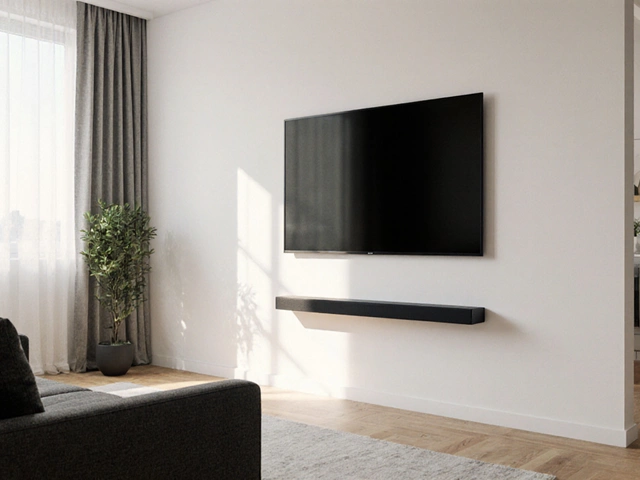Bookcase Safety for Schools and Classrooms
When a bookcase falls or tips over, the damage can be serious. In a classroom, a toppled shelf can hurt a child or break valuable books. The good news is that you can make most bookcases safe with a few easy steps. Below are practical ideas that teachers, facility managers, and parents can use right away.
How to Anchor a Bookcase
Anchoring is the single most effective way to stop a bookcase from tipping. Most school‑grade bookcases have pre‑drilled holes for brackets. Grab a metal wall anchor kit, line up the bracket with the hole, and screw it into a stud or a solid wall block. If the wall is drywall only, use toggle bolts – they spread the load behind the wall and hold strong. Tighten the screws until the bracket feels firm; you don’t want any wiggle.
When you install multiple bookcases in a row, check each one individually. Even if one is anchored, an un‑anchored neighbor can still fall if overloaded. Aim to anchor every unit that is taller than four feet or that will hold heavy textbooks.
Everyday Safety Tips
Anchoring is just the start. Follow these daily habits to keep the shelves safe:
- Watch the weight. Place the heaviest books on the bottom shelves and lighter items on top. A good rule of thumb is to keep the top shelf under half the weight of the bottom shelf.
- Use edge protectors. Rubber or plastic trims soften sharp corners. They protect kids who might brush against the shelf and keep books from getting scratched.
- Check for loose screws. Once a month, run a hand along each shelf and tighten any loose bolts. A quick tighten can stop a shelf from wobbling.
- Mind the fire risk. Keep books away from heat sources, lamps, or electrical outlets. If you store paperbacks, make sure the room has a working smoke alarm.
- Teach kids. Show students the right way to pull books – from the top, not the side. Encourage them to report any wobble or loose part.
If you notice a shelf sagging, move some books to another shelf or replace the bracket. Sagging often means the shelf is overloaded or the support has weakened.
For schools that use mobile bookcases, lock the wheels before loading or unloading. Most mobile units have a simple pin‑lock; engage it to keep the cart from rolling.
Finally, keep a small maintenance kit in the staff room: a screwdriver, a set of replacement brackets, and a tape measure. With those tools on hand, fixing a loose screw takes less than five minutes.
By anchoring each bookcase, watching the load, and doing quick monthly checks, you create a safer learning space. It takes a few minutes now, but it saves a lot of time and worry later. Keep the shelves steady, and let the kids focus on reading, not on safety scares.





